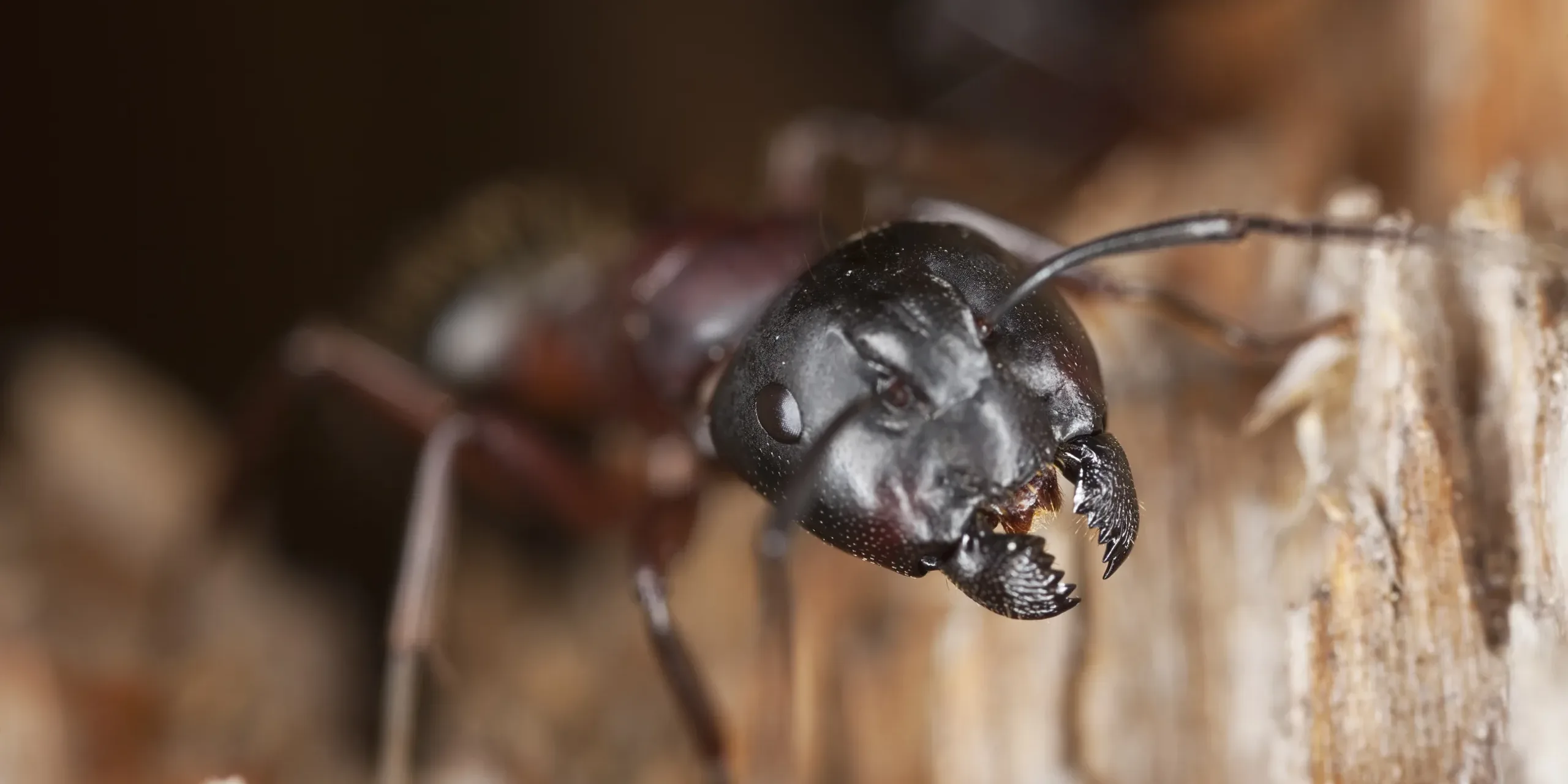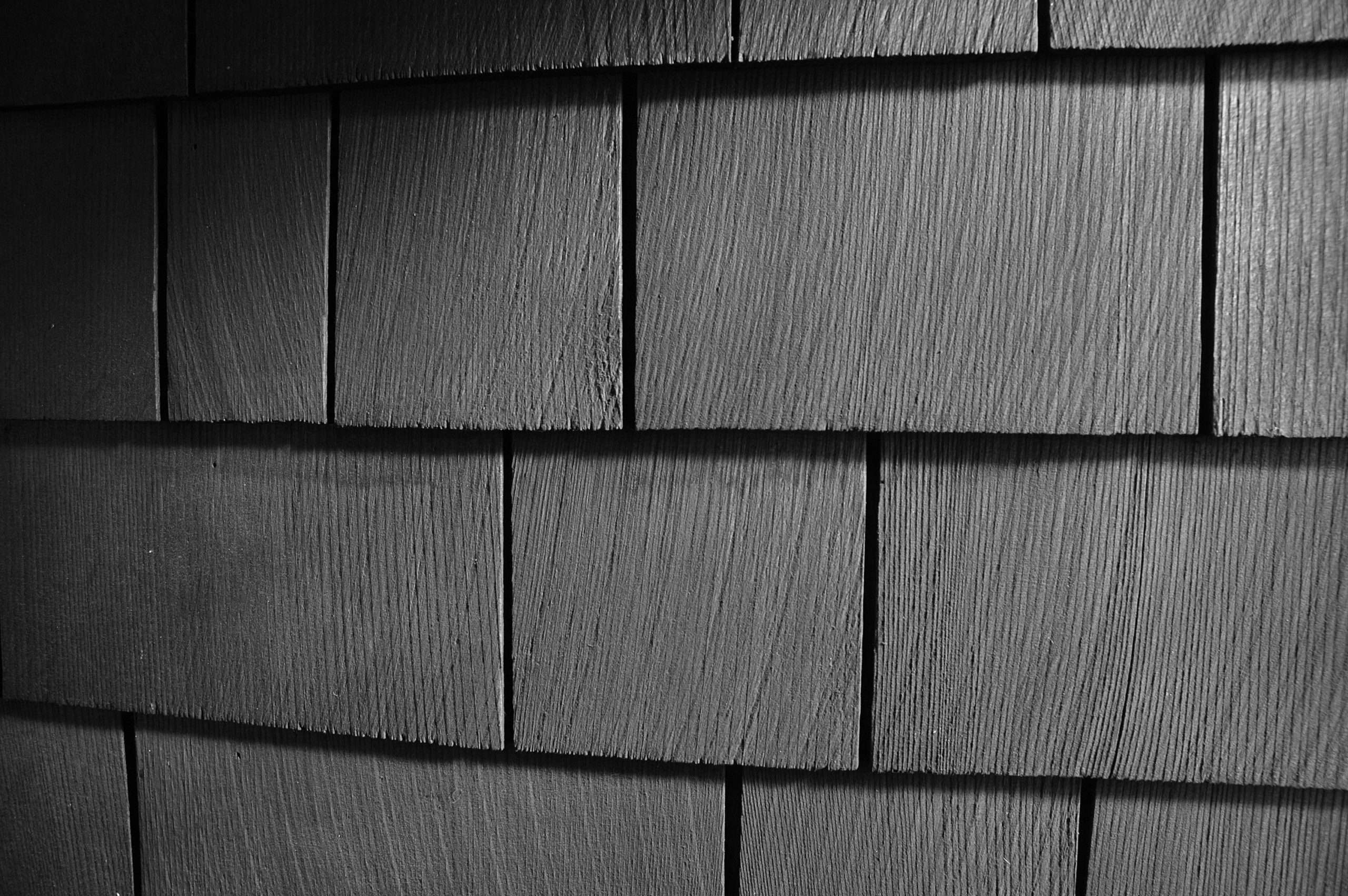Carpenter ants (Camponotus spp.) can be both fascinating and concerning for homeowners. Understanding their distinct characteristics, potential impact, and differences from termites is essential for homeowners to protect their properties.
Carpenter ants can cause structural damage by tunneling through wood to create nests and passageways. While they don't consume wood like termites, their activity can weaken wooden structures over time. Homeowners may notice telltale signs of carpenter ant infestations, such as wood shavings and discarded debris.
Table of Contents
- Notable Differences from Termites
- Detecting an Infestation
Notable Differences from Termites
It's crucial for homeowners to distinguish between carpenter ants and termites, as their treatment methods differ. Unlike termites, carpenter ants leave behind clear signs of their presence, including small openings in wood, galleries, and the ants themselves, which are typically larger and black.
Detecting an Infestation
If you suspect a carpenter ant infestation, look for their nests in wooden structures and follow their foraging trails. It's essential to address infestations promptly to prevent further damage to your home.
Homeowners concerned about carpenter ant infestations can rely on Rogall + Co.'s expertise in identifying and eliminating these pests. Our tailored solutions ensure the protection of your home and its structural integrity.








